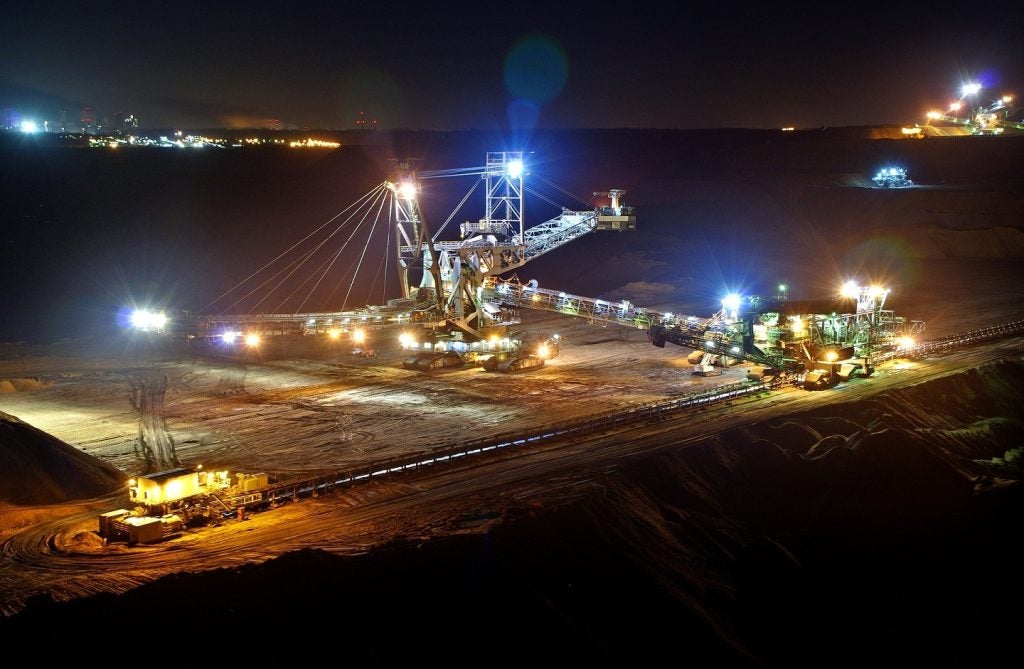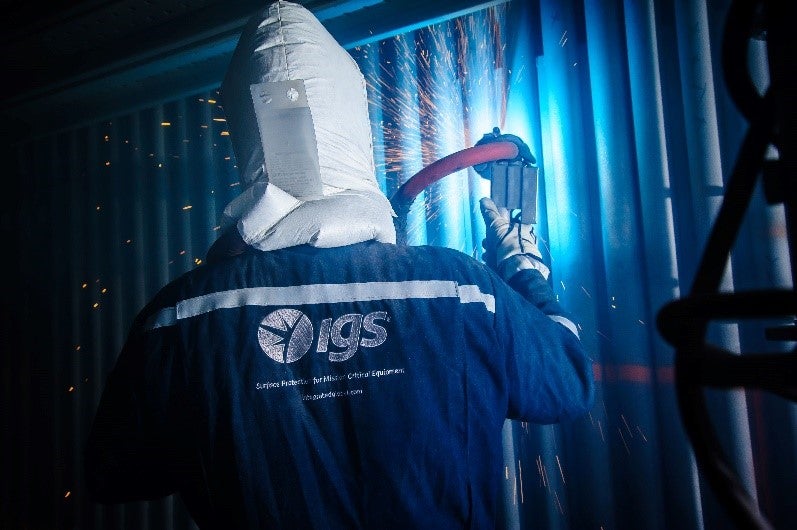
Amid the well-documented worldwide tyre shortage, a number of developments have emerged as manufacturers and mine operators have sought to alleviate the worst effects of the problem.
Off-the-road (OTR) tyres typically enjoy a lifespan of little more than six months, leading some mining companies to successfully implement ways to wrest a valuable few extra weeks from their existing rubber. These have included the likes of awareness and optimisation lessons for drivers at Xstrata’s Black Star mine in Australia and the increased use of ‘mummy shifts’ at other mines, so-called because tyres on trucks driven by women have been shown to last markedly longer.
There have been moves towards increased new production – the world’s largest two suppliers of giant tyre, Michelin and Bridgestone, have upped capacity by 50% and 20% respectively.
However, it will inevitably take some time before the effects begin to make their presence felt in the market.
With both companies predicting that the shortage will continue into 2012, the reasoning behind the focus on good tyre management to prolong life and reduce operating costs is clear.
Even the most optimistic appraisal, coming from De Beers’ director Debbie Farnaby, suggests that it will be the close of 2008 before the end will be in sight, citing the anticipated impact that increased Chinese manufacturing is set to have.
How well do you really know your competitors?
Access the most comprehensive Company Profiles on the market, powered by GlobalData. Save hours of research. Gain competitive edge.

Thank you!
Your download email will arrive shortly
Not ready to buy yet? Download a free sample
We are confident about the unique quality of our Company Profiles. However, we want you to make the most beneficial decision for your business, so we offer a free sample that you can download by submitting the below form
By GlobalDataThe rise of retreading
One of the most potentially far-reaching outcomes of this ongoing supply crisis has been the burgeoning market for retreading, which itself benefits from the renaissance of the widespread ethos of improved tyre management.
Retreading can extend the life of tyres to twice or even three times their normal lifespan, but the tyres – and particularly the casings – need to be looked after. The net result makes retreading by far the most feasible option, within an environment of insufficiency and against a background of sound bottom-line benefit; haul truck tyres costing $30,000 in 2005 now fetch three times that amount.
With the retread market rapidly opening up, a number of manufacturers, including Bridgestone, are beginning to launch new divisions to meet the rising demand. The sector is already well served by a number of specialist suppliers who provide retreads alongside their inventory of new and used tyres. Agora Tire, for instance, offers a full range – cut treads and moldcure – in designs to meet all needs.
Global Tyres has developed a highly advanced approach to retreading OTR tyres, with the company’s computer-controlled system detreading, then buffing and building the new tread.
In February 2007, Purcell Tire – the third-largest independent commercial tyre dealership in North America and the largest US retreader of OTR tyres – bought a record retread mould, enabling it to retread 40.00R57 and 46/90R57 tyres.
Direct involvement
Conversely, a tendency appears to be developing for mine operators to play a much greater direct role in funding and developing facilities for retreading – a recent trend in the market that many tip to become an increasingly significant one. There are many advantages to mining companies investing in their own retreading plants.
In the words of John McGagh, head of procurement at Rio Tinto, retreading tyres will ‘provide a more secure supply chain for tyres and will extend the life of a valuable resource’.
Rio Tinto teamed up with OTR Ltd, the UK-based retread-specialist, in December 2005 to build the new plant in Perth, Western Australia.
The plant’s aim is to retread the largest tyre sizes for Rio Tinto’s opencast mines, principally for the company’s Pilbara iron ore operations.
The project represents a major technical achievement. Not only have the key tyre sizes – at a rim diameter of 57in – only previously been successfully retreaded in limited numbers, but the retreads must also be able to tolerate running in summer temperatures as high as 50°C. Currently in operation, the plant is ultimately designed to produce an annual total of more than 1,000 retreads.
With the global shortage showing no signs of abating, it is widely expected that other companies will follow a similar path, particularly where demand for large OTR tyres is high, such as the Alberta oil sands and Chile’s copper mines. The near-record prices on a whole range of commodities make a compelling driver for the idea’s potential further development.
As Morry Taylor, head of Titan International, explains, in the oil sands ‘with oil at $80 per barrel, a $3m dump truck pays for itself in 30 days’. Having a truck stand idle for want of a tyre clearly makes no sense.
There is even a ‘green’ element to the whole business. New research from the UK’s Waste and Resources Action Programme (WRAP) has revealed that retreads could offer a far bigger market for recycled tyre crumb than had previously been thought. According to WRAP, by using surface polymerisation technology, as many as 40% of OTR retreads could be made with recycled material, with no loss of either performance or durability.
The OTR tyre market is continually evolving, with major changes in recent times. From whichever standpoint you view it, retreading looks poised to take full advantage of this shifting environment.







